[Nagoya Station] Seven Stories, an accommodation facility inspired by the materials and crafts of Aichi
![[Nagoya Station] Seven Stories, an accommodation facility inspired by the materials and crafts of Aichi](https://life-designs.jp/wp/wp-content/uploads/2021/05/f5a2bb2040b5b8b7fd1359cf0185f49f.jpg)
Table of Contents
"There are few well-designed hotels in Nagoya."
"I don't need a hotel because I can take a day trip to Nagoya for business & sightseeing."
Good news for everyone who has had such thoughts!
Seven Stories, an accommodation facility that enriches your stay and experience during sightseeing and business trips to Nagoya, is now open in a convenient location just a 3-minute walk from Nagoya Station! The building is an eight-story lodging facility with one room on each floor, for a total of seven rooms.
This time, I will tell you about the charm of Seven Stories.
Seven stories and accommodations that can only be found here

Seven Stories is a hybrid of a private home stay and a monthly apartment, with accommodations offered 180 days a year and the remainder of the year as an apartment for approximately 300,000 yen per month. The name "Seven Stories" means "seven stories to tell" and "floor" or "hierarchy".
It is characterized as a lifestyle lodging facility with excellent design, which is relatively rare in Nagoya. The interior design of each room is carefully crafted by seven architects and designers with ties to Aichi Prefecture, inspired by the materials, crafts, and culture of the region.
In addition, each room is designed for families and groups of up to five people to accommodate both sightseeing and business use. Each room is equipped with a kitchen and laundry facilities, making it a more comfortable place to stay than a typical hotel.

Seven Stories is conveniently located about a 3-minute walk from Exit 1 of the underground shopping mall at JR Nagoya Station. It can be used in various situations such as before or after your stay at the Central Japan International Airport, sightseeing in Nagoya, or business trips.
Let's Check In!

Upon entering the entrance, guests will find an unmanned check-in counter that is open 24 hours a day. After making a reservation, guests must go to the first floor to check in according to the check-in time.


After completing the reception, take the elevator up to each floor. Each room is named like a story.
From here, let's actually take a look at each room!
2nd Floor: Blue Variations | Futoshi Mizuno Architectural Design Office + Mizuno Seitouen Lab
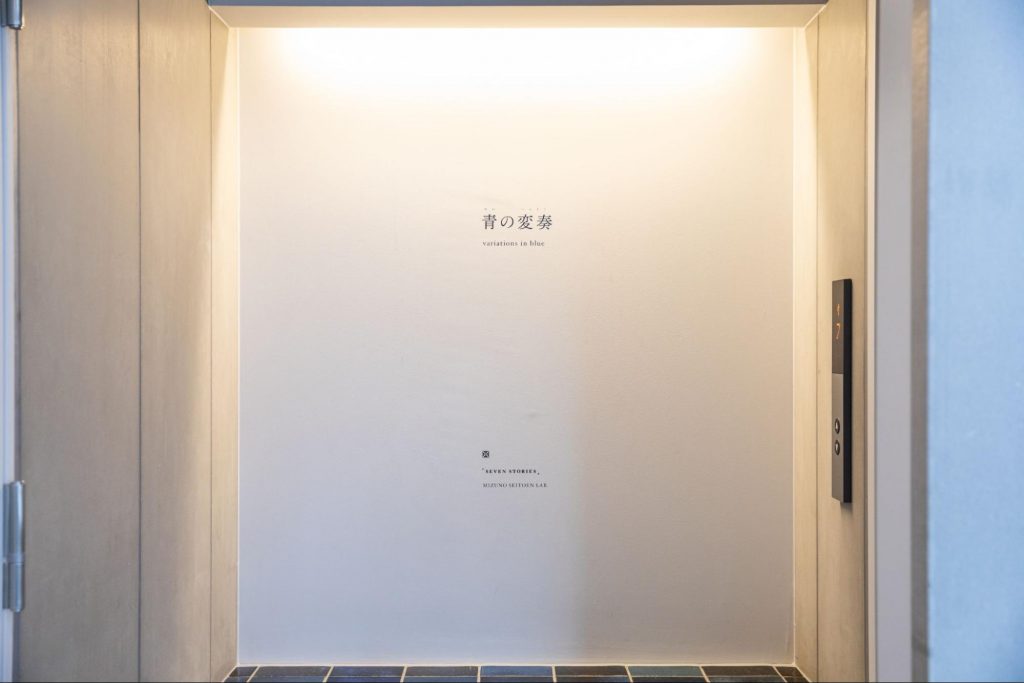
First, let's start from the second floor. An entrance like the cover of a book welcomes you.
When you open the door, the story begins.
Each floor does not indicate the number of floors, but the title of the room and the name of the architect in charge.


The design of the second floor is handled by Mr. Futoshi Mizuno, who works as an architectural design office while making tiles as "Mizuno Seitouen" in Tokoname.
The space where gentle light shines in is full of cleanliness and quality. All the floor tiles are Tokoname ware (Tokoname-yaki). Each piece has a different expression depending on the glaze, as if you were looking at the beautiful sea and sky of Tokoname.

In the "Blue Variation", the furniture combines multiple unit furniture of the same size.
It can be used as a chair, as a bed, or as a storage shelf.

3rd floor: Jet black in grape color|rhyme design



The third floor is designed by Takayuki Shinomoto of "rhyme design," an interior design firm based in Nagoya and Tokyo.
Inspired by "Owari lacquerware" from Komaki City, the space is based on wine red, as the name "jet black in grape color" suggests. Wine is red at the pouring point, but appears blackened when it accumulates in the glass. The depth of this color is expressed throughout the space.
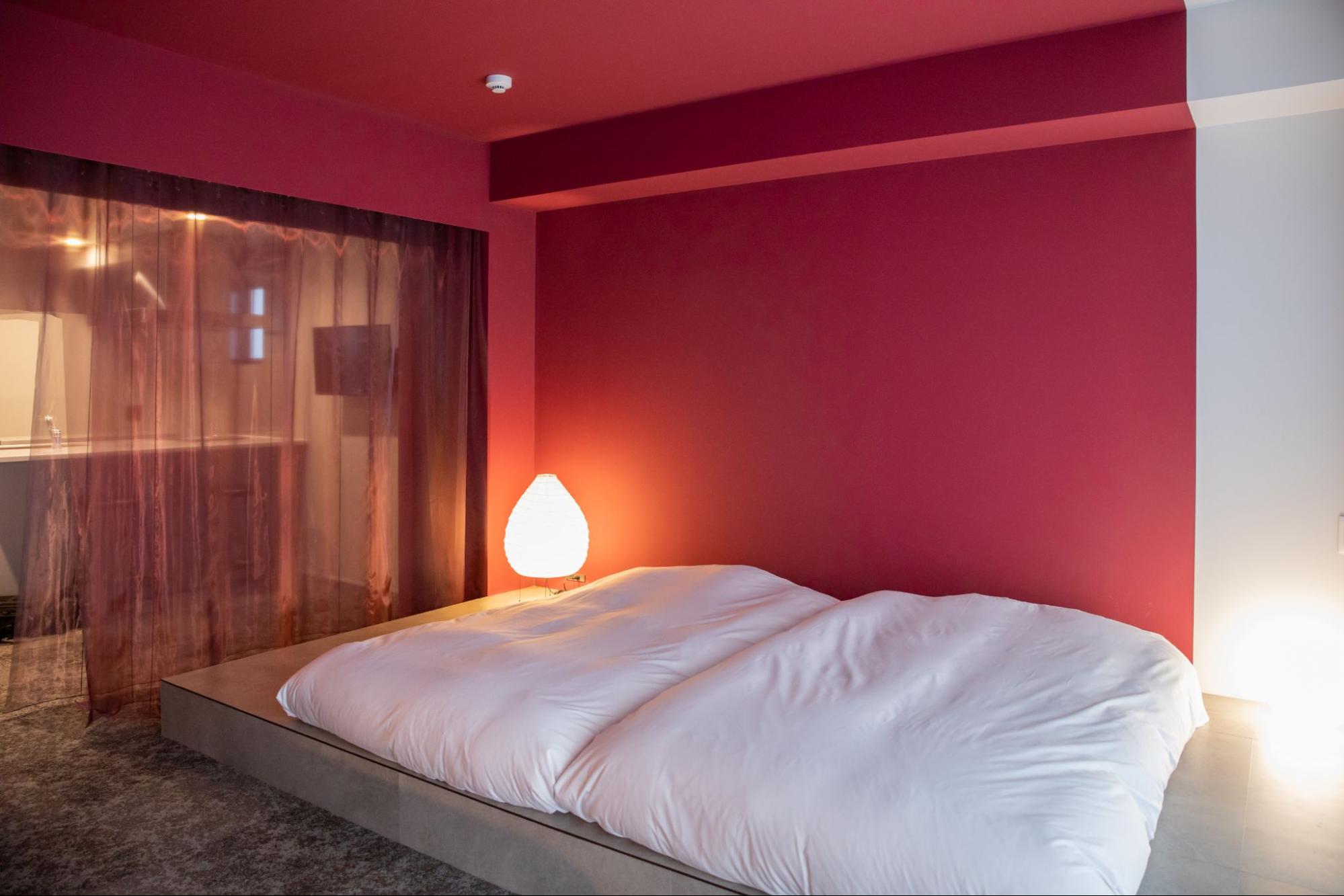

Red is supposed to be an exciting color, but this room was strangely calming. This room is also recommended for those who want to get away from their daily lives and spend a relaxing time alone.
4th floor: Iori (retreat)|NIIMORI JAMISON

Next is a room inspired by Kiyosu City's traditional craft "Magemono (bentwood craft)".
Mr. Yuta Shinmori and Mr. James Jamison of the office "NIIMORI JAMISON" that designs architecture, interiors, furniture, etc. based in Osaka and Melbourne are in charge.


In the bedroom, there is a large and powerful Magemono object! What a surprise, it is a light! Not only that, but it also acts as a wall that loosely defines the room's place and has the nature of a hanger rack, complementing the functions required for lodging and accommodation facilities.

The entrance to the bedroom is also made in the image of a curved piece.

The overall setting of the dark room is accented with the whiteness of plain wood. Simple yet special.
5th floor: Sleeping and waking up in the city | 1-1 architects

The 5th floor is a room by Mr. Yuuki Kamiya and Mr. Shoichi Ishikawa of "1-1 architects". This room is designed as an outside room to create the experience of sleeping and waking up in the city.
Since the two designers are from Kariya city, the design is based on Kariya's Mando Matsuri, a festival in Kariya.


By lowering the resolution of the photos of the Mando Matsuri and converting them into pixels, they are reflected on the ceiling to further increase the degree of abstraction, creating a landscape that blends with the cityscape.
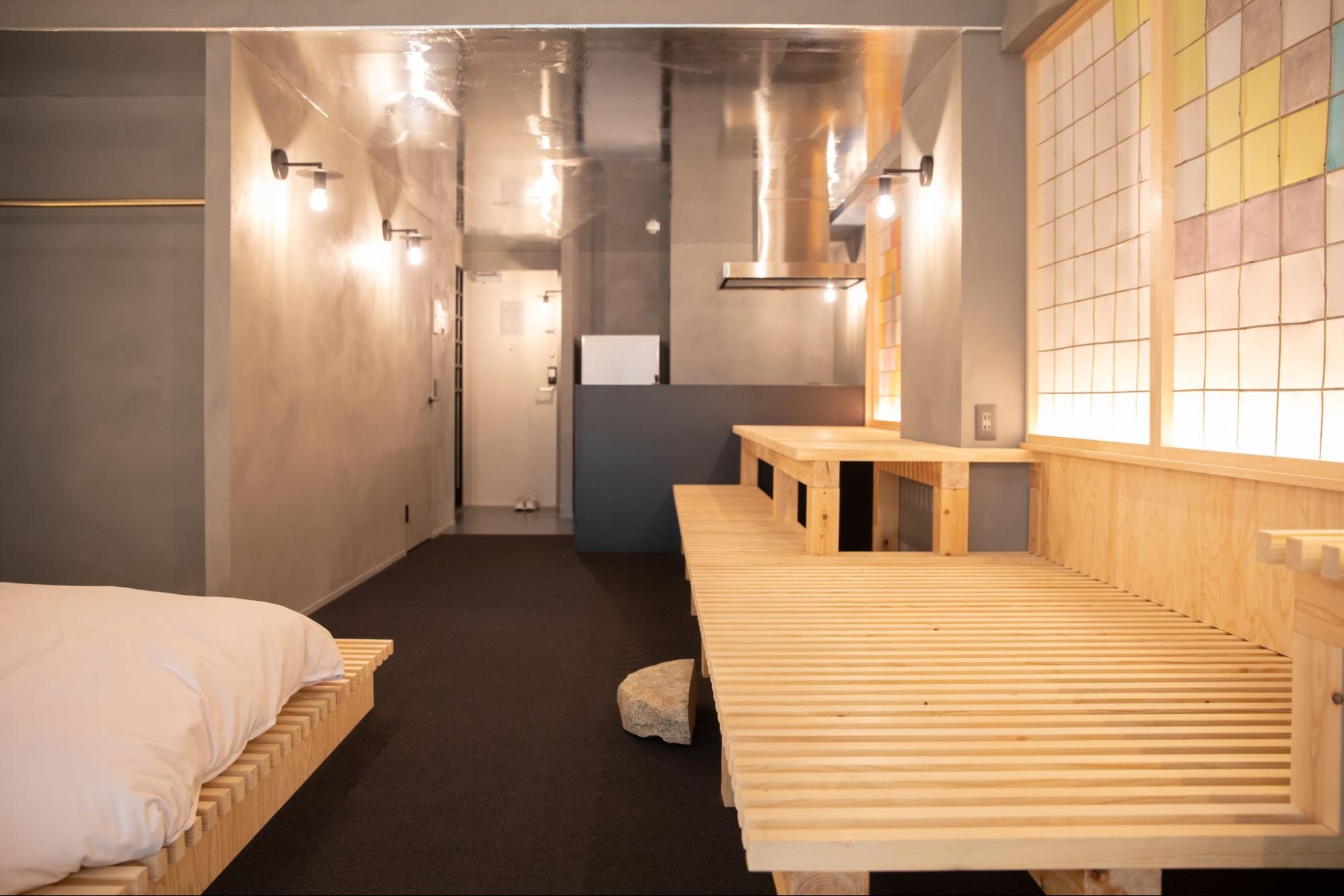
The guest room is imagined as an outside room, and the porch, which would normally be outside the house, is set inside!
The design also removes the sense of "indoors" by applying a silver-colored material that makes the wood material appear faintly reflective, thereby enhancing the external nature of the design.
Sitting on the porch, the gentle light and shadows cast by the shoji paper invites you to relax and unwind.

With the hope that the number of visitors to the Mando Festival and Kariya City increase, even if only a little, through the experience of staying here, this room was created.
6th floor: Arimatsu's transcription|matomato
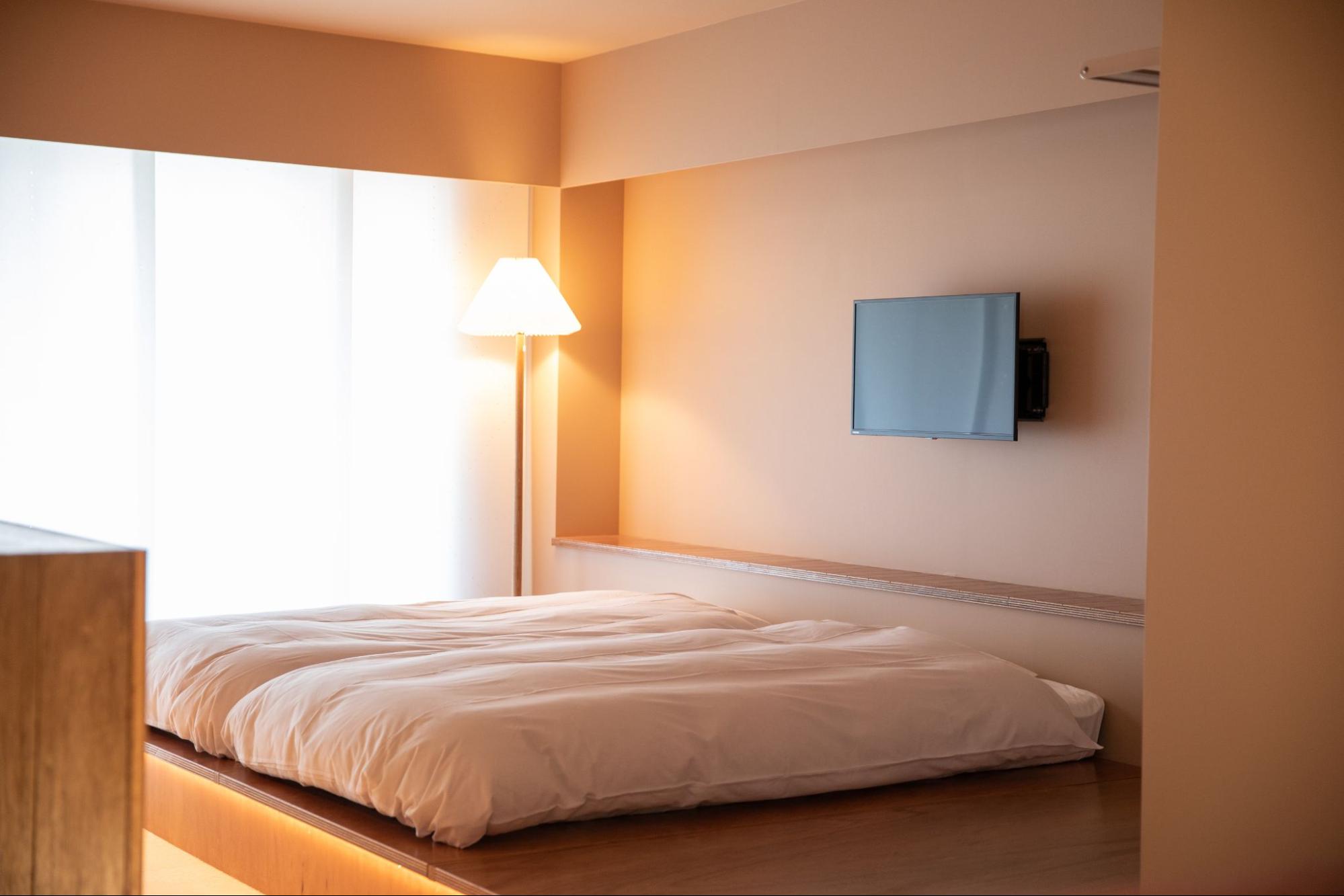

The 6th floor is a room designed by Mr. Kohei Matsuda and Ms. Reina Hashirikawa of "matomato", inspired by Arimatsu Narumi Shibori and cafe culture. There are tables that make use of the three-dimensional shape of Arimatsu Tie-Dyeing, and art that expresses the colors of lanterns used in local festivals.

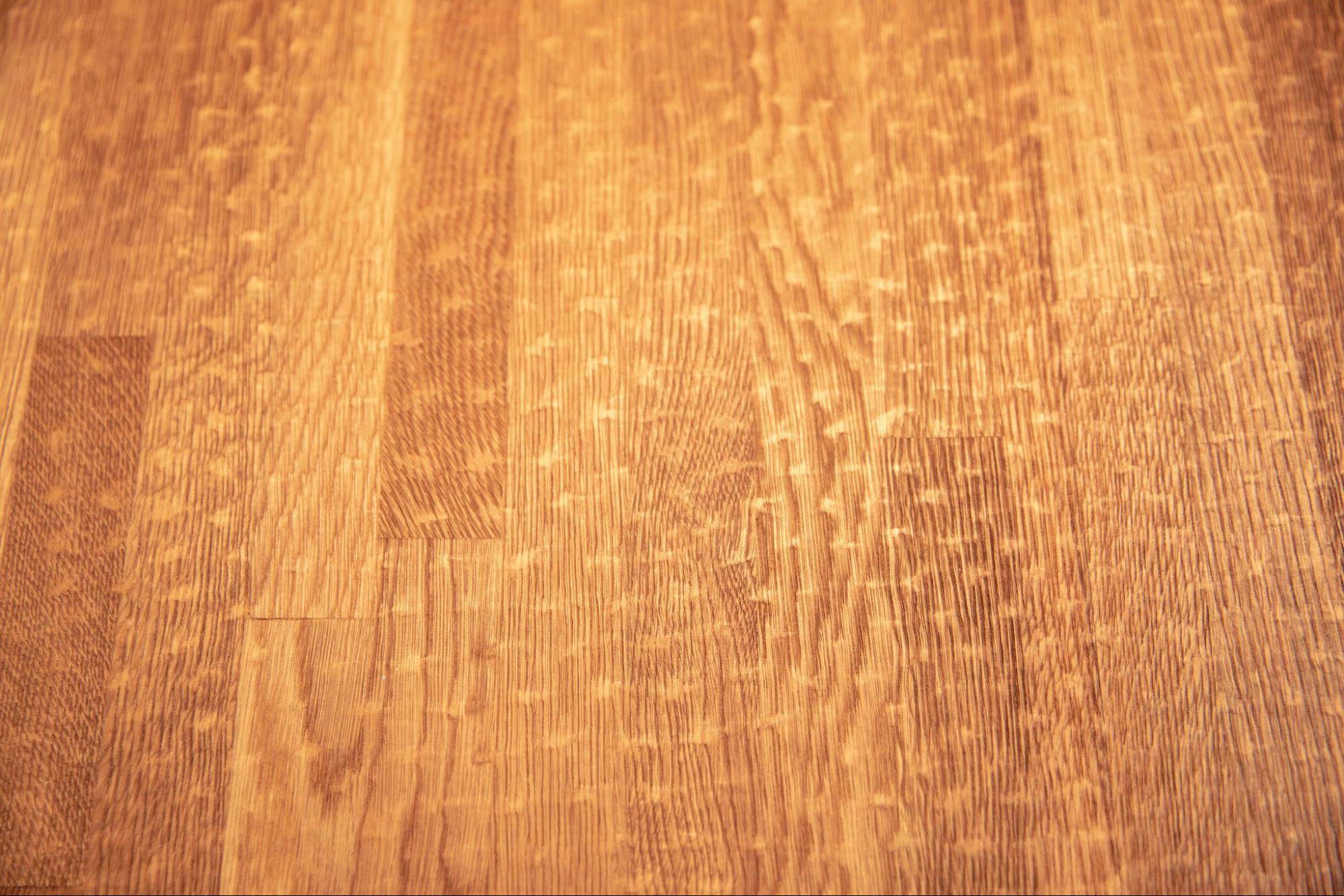
This table has the three-dimensional shape that is characteristic of Arimatsu Narumi Shibori on the top of the table. If you look closely at the table, you can see the traditional patterns of Arimatsu.

The art on the walls expresses the colors of the lanterns from local festivals.

The sofas in the rooms are reminiscent of coffee shops in Nagoya! The sofa in the room is designed in the image of a coffee shop, where you can relax and unwind. In the morning you can have breakfast with a cup of coffee, in the afternoon you can brew a cup of coffee, and in the evening you can have a drink before going to bed. The kitchen and sofas are connected, so guests can sit wherever they like and spend their own time.

The area around the bed is slightly elevated, and the interior is accented with elements of Arimatsu Tie-Dyeing. The whole room is sprinkled with the characteristics of Nagoya.
7th Floor: 7th Floor Cottage | ZELT


This room is a collaboration between Karimoku, one of Japan's leading furniture makers, and Shuhei Shibayama, the architect and furniture designer of ZELT.
All the furniture is Karimoku, and all the functions necessary for the room are arranged with a wood-like texture, creating a space that makes you feel like you are in a cottage in the forest.

Even the doorknobs are made of wood.


By creating a small rise in the back of the room, it gives the impression of a wooden deck in a cottage. The low table is a modern version of the chabudai (low dining table).

Even though it is a daily life, you should be able to feel the comfort of "extraordinary" due to the large amount of wood.
8th Floor: Pluralistic|ambientdesigns

The 8th floor was designed by Taiji Ishiguro of ambientdesigns, an architectural design firm based in Nagoya and Tokyo that designs places and spaces. This room uses gold craftsmanship as a point of reference, as "gold" is associated with the city of Nagoya.


Gold is also used in the walls and lighting fixtures.
The feature is that different levels are created. By doing so, it can be used in a variety of ways, such as as a place to sit and relax like a porch, a table, a place to put luggage, or a loft bed, depending on the person using it.


It is also recommended for staying with families. This room is sure to please children who like high places.

“Seven Stories” is an accommodation facility inspired by the materials and crafts of Aichi Prefecture. This is a place where visitors to Nagoya can enjoy the city as if they were living there.
Please rediscover the charm of Nagoya while enjoying your stay at Seven Stories! In the future, in addition to private lodgings and monthly apartments, it will be possible to rent out for events, so I am looking forward to future developments.
![[Nagoya Station] Seven Stories, an accommodation facility inspired by the materials and crafts of Aichi|Nagoya Nakamura-ku Meieki Accommodation>Other (Stay)|Life Designs|Traveling and Living in Nagoya, Aichi, Gifu and Mie](https://life-designs.jp/wp/wp-content/themes/wp-templ/assets/img/common/logo.svg)


![[Tokai Area] Hotels for Relaxing Stay](https://life-designs.jp/wp/wp-content/uploads/2022/03/73858e250c2ad4d32c9f08a7da6a591b-1024x580.png)


![[Nishio city] Relax at the the Extraordinary Private Accommodation "Luna Rossa"](https://life-designs.jp/wp/wp-content/uploads/2020/12/image6-12-300x200.jpg)
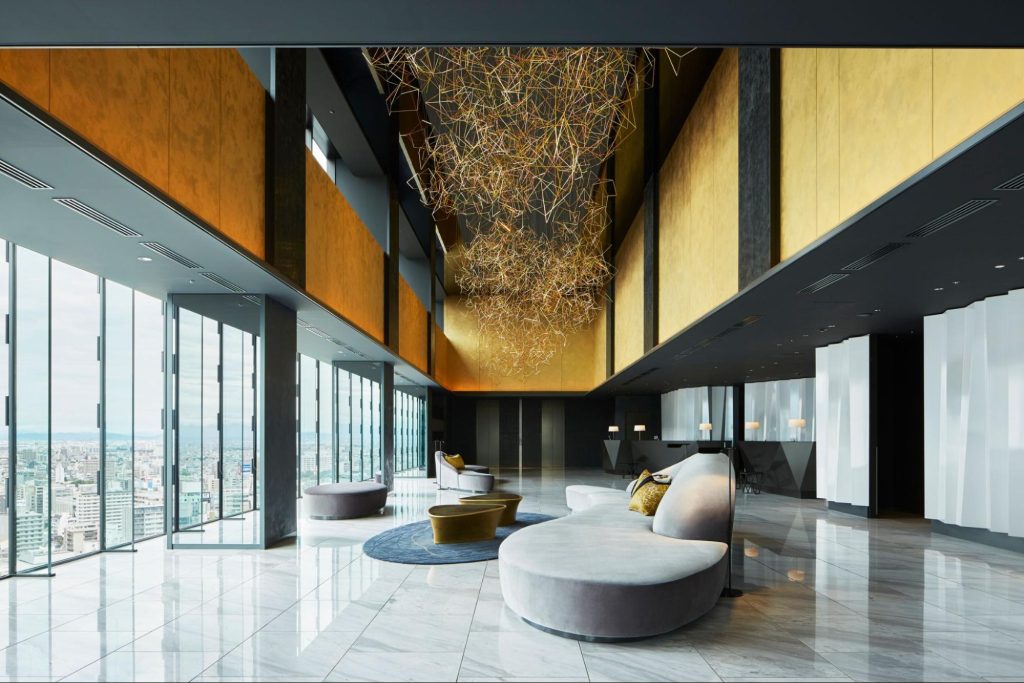




![[Toyota city] "The Ninja Mansion", a Modern Japanese Inn in Toyota City](https://life-designs.jp/wp/wp-content/uploads/2021/06/image25-8-1024x683.jpg)
![[Ise city] Enjoy Hot Spring Glamping at "Luxury Trailers Rikyu Ise"](https://life-designs.jp/wp/wp-content/uploads/2022/10/FotoJet-2022-10-12T172031.527-1024x768.jpg)
![[Ise city] Glamping Facility "Grand Ocean Ise Shima" where Ise Bay Spreads Out in Front of You](https://life-designs.jp/wp/wp-content/uploads/2020/12/fc25d89af250fffbf075ba9f5d860d6d-1024x683.jpg)

![[Indoor Facilities] Where to Go on Rainy Days in Tokai Area! For Family Outings!](https://life-designs.jp/wp/wp-content/uploads/2023/07/FotoJet-23.jpg)





![[Tokai Area] Place to Go on Rainy Days!](https://life-designs.jp/wp/wp-content/uploads/2022/03/f76405aaa33944a4ba88a131fbc56523-768x435.png)
![[Sauna Specials] Feel Revitalized in Sauna!](https://life-designs.jp/wp/wp-content/uploads/2021/07/Sauna-768x435.jpg)
![[Special Feature] Enjoy Your Day at a Park!](https://life-designs.jp/wp/wp-content/uploads/2019/12/LD_banner_w1920x1088_park-1-1024x580.jpg)
![[Osu Special Feature] A City of History and Uniqueness](https://life-designs.jp/wp/wp-content/uploads/2022/03/01_Osu-1-1024x580.png)
![[Nagoya-meshi] Nagoya's Speciality Dishes](https://life-designs.jp/wp/wp-content/uploads/2022/06/5ba2ca8c038fd4af7527bc0826367cfb-1024x580.png)



















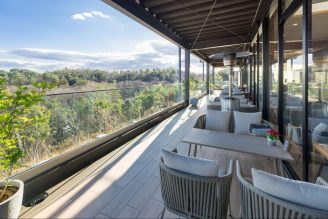











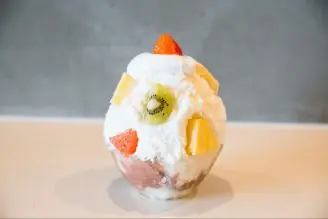



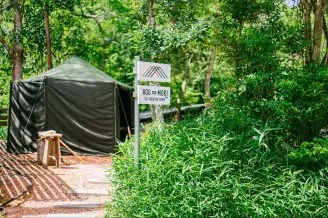


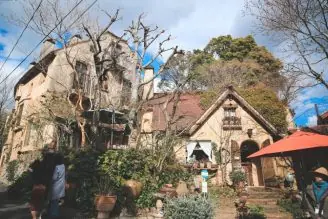



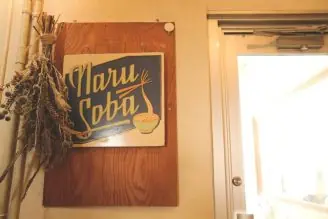




![Onigiri is hot right now! Summary of Osu's Onigiri Specialty Shops [5 selections].](https://life-designs.jp/wp/wp-content/uploads/2023/11/onigiri-1024x768.jpg)
![[28 selections] I want to get it when I go to Ghibli Park! Recommended goods & souvenirs (Ghibli’s Grand Warehouse edition)](https://life-designs.jp/wp/wp-content/uploads/2023/07/07bb34f30842ccc4c6412fc060e1966c-1024x683.jpg)


![[Aichi, Gifu, Mie] 30 Family-Friendly Spots to Go in Winter!](https://life-designs.jp/wp/wp-content/uploads/2019/12/image21-1-768x543.png)
![[Within 2hrs by Car] 12 Outing Areas where You can Go on a Day Trip from Nagoya!](https://life-designs.jp/wp/wp-content/uploads/2023/07/odekake12_w1200h900_20240422-328x246.png)
![[Nagoya, Aichi] Recommended Shops to Buy Tablewares around Nagoya](https://life-designs.jp/wp/wp-content/uploads/2019/11/image12-26-150x100.jpg)


